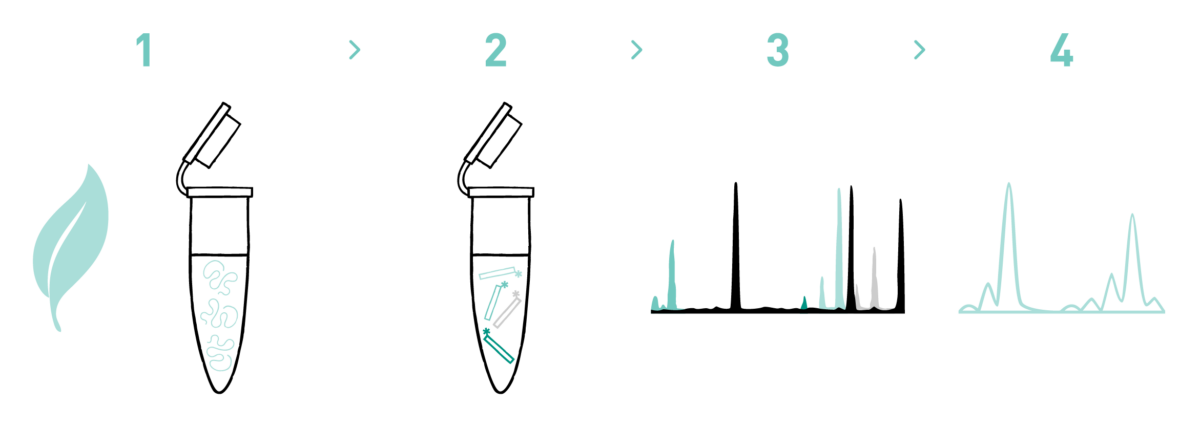Experts in microsatellite genotyping
Our microsatellite genotyping service will free you from this tiresome task
Microsatellite markers are widely used in population genetics and phylogeography, as well as in kinship analysis. Our microsatellite genotyping service will free you from this tiresome task that can be tedious and time-consuming. Therefore, you will be able to focus on the most important goals of your research project.
If microsatellite markers are not yet developed for your study species, please consider our microsatellite development service.

Step 1
We isolate DNA from your samples. We have adapted different DNA isolation protocols, depending on the starting biological material.
Step 2
We amplify the microsatellite loci under study using fluorescently-labelled primer pairs.
Step 3
We run the labelled amplicons in the sequencer.
Step 4
We analyse the electropherograms generated and call the alleles observed at each locus.
For your convenience, we can carry out the entire project or only steps 2, 3, and 4.